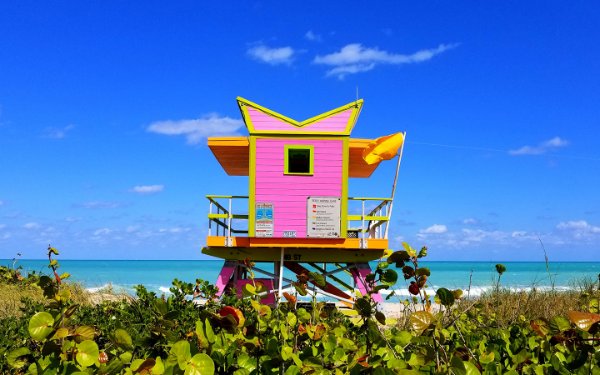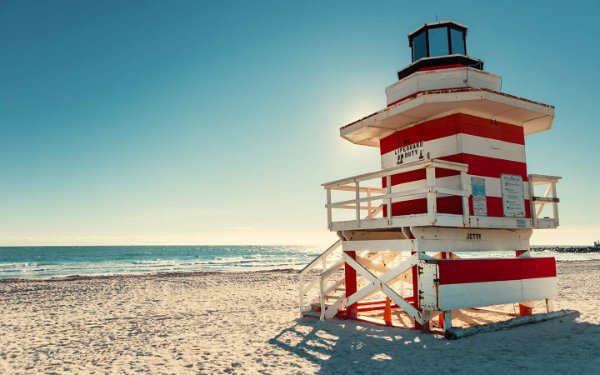From the native Seminole, Miccosukee and Tequesta tribes to the early homesteaders who settled in South Dade at the turn of the 20th century, history runs deep in Greater Miami & Miami Beach. While the City of Miami was officially incorporated in 1896, making it relatively young compared to other major U.S. cities, the area’s story begins well before then.
The community of Coconut Grove was established in 1873, populated by Blacks from the Bahamas and the American South who worked on Henry Flagler’s railroad connecting Miami to the Florida Keys. Many early settlements in South Dade cropped up around railroad hubs, including Cauley Square, a historic railroad village you can still visit today.
Miami’s Native American history dates back even further. A visit to the Miccosukee Indian Village in the Everglades is a journey back in time. Here, you can visit a small museum, peruse items made by the Miccosukee in a gift shop, take an airboat ride and see alligator shows. In Downtown Miami, you can visit The Miami Circle, a riverfront public park amid the glittering high rises, where archeologists discovered a nearly 40-foot-wide circular rock formation that dates back to the indigenous Tequesta people.
One of the most fascinating pieces of Miami’s history is found in Historic Overtown. This neighborhood was once considered “Little Broadway” and the “Harlem of the South” because of its lively entertainment district where the likes of Count Basie, Ella Fitzgerald and Billie Holiday performed during the era of segregation. Today, the Black Archives has restored the historic Lyric Theater. Live music and comedy shows take the stage here once again.
A great way to learn about Miami’s fascinating history is to visit HistoryMiami Museum, a Smithsonian Affiliate cultural institution where you can explore the permanent interactive exhibit, “Tropical Dreams: A People's History of South Florida.”




































